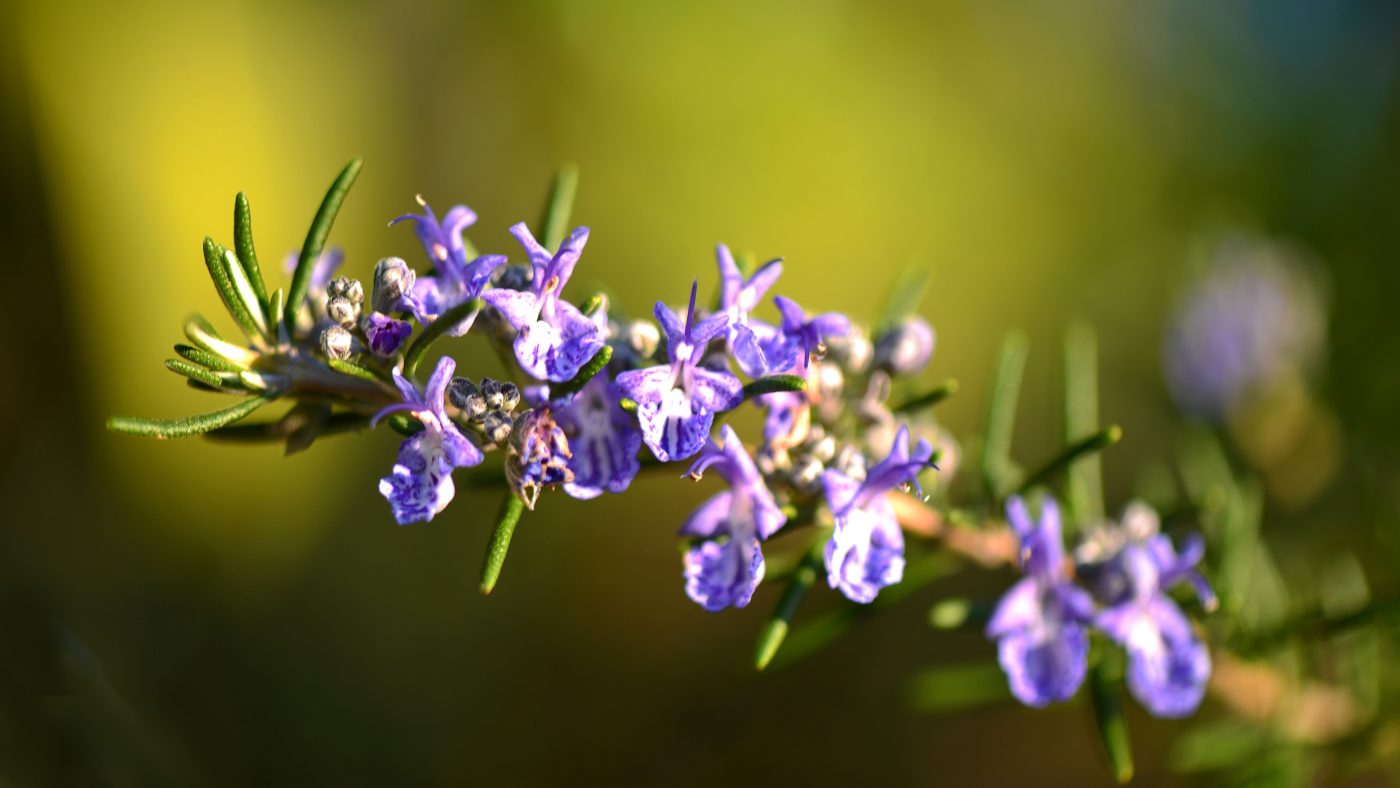
Rosemary (Rosmarinus officinalis L.) is a perennial evergreen subshrub belonging to the family Lamiaceae. The young branches are quadrangular, densely covered with white star-shaped fine hairs; the old branches are cylindrical and brown; the back of rosemary leaves is dark green and smooth; the ventral surface of the leaves is silvery white, with fine hairs and squamous glands; the stem Cylindrical, with dark gray cortex; leaves often clustered on branches, with very short stalks or sessile, linear leaves; calyx is egg-shaped bell-shaped, corolla blue-purple. The main varieties of rosemary are: European rosemary, white cuckoo rosemary, Santa Barbara rosemary, broadleaf rosemary, big pink rosemary, blue Sefolk rosemary, macular rosemary wait.
Rosemary is native to the Mediterranean coast of North Africa, Europe and other places. It was introduced into China during the Cao Wei period, and now it is introduced and cultivated in various parts of China. Rosemary is not resistant to waterlogging, and the seedlings turn yellow and drop leaves in months with too much rain; the cold resistance is poor, and the roots should be covered with soil and mulch in winter in the cold regions of northern China; Best Occasions for Rosemary
